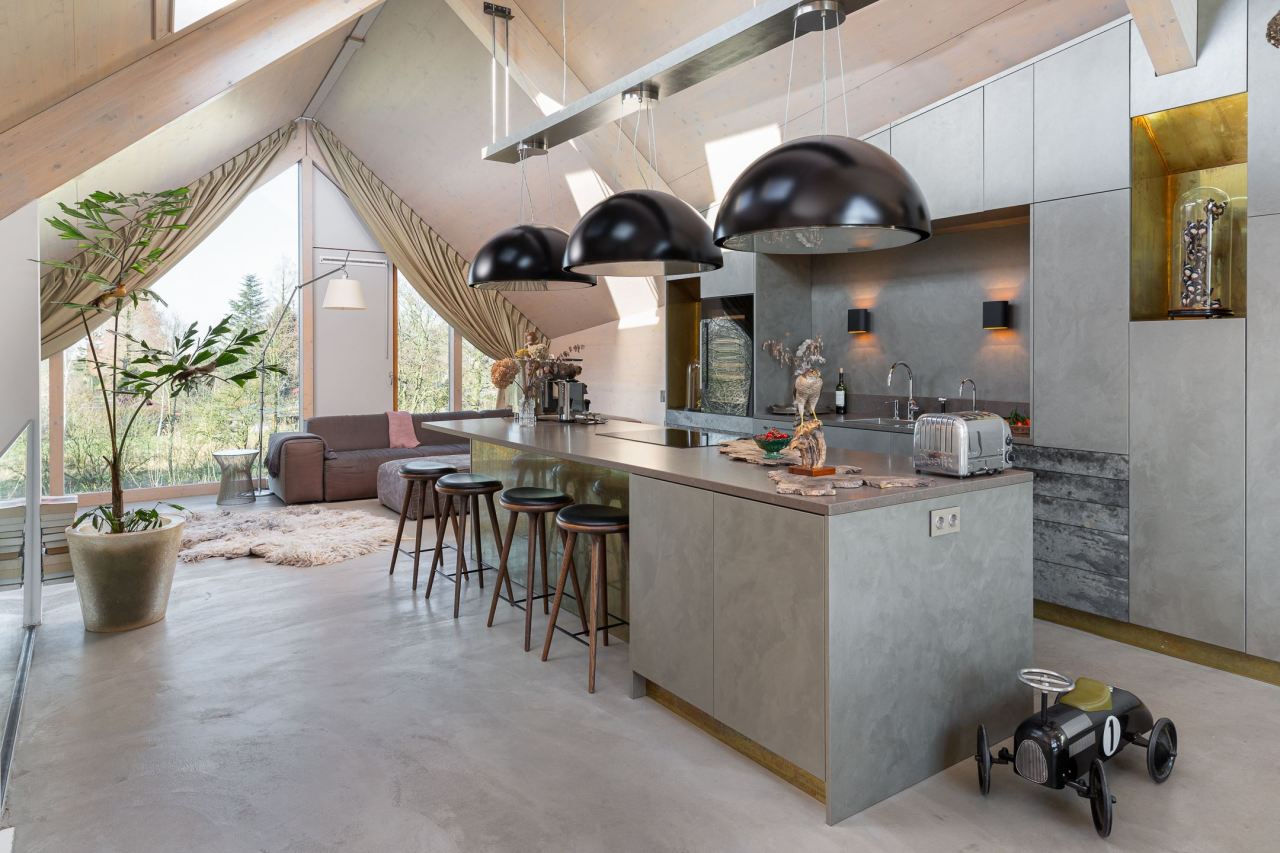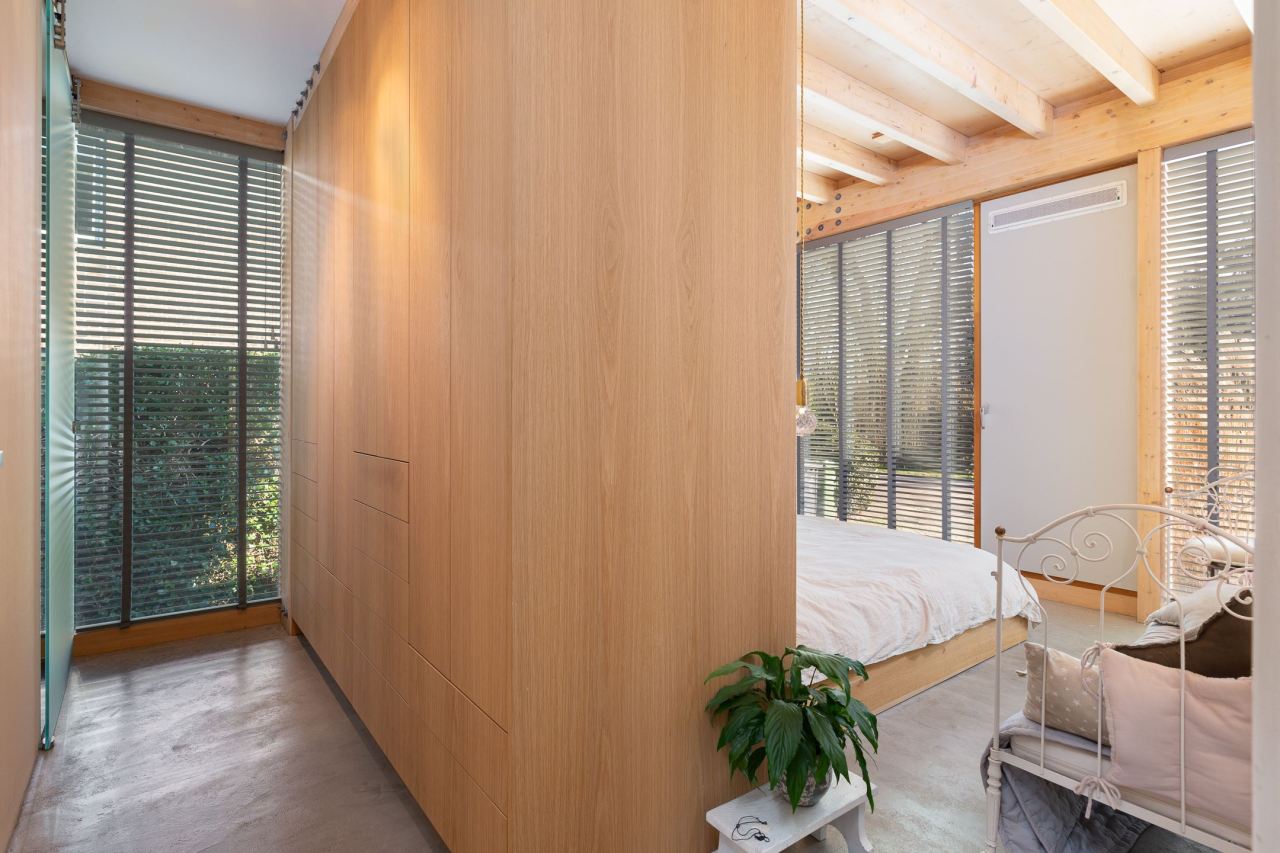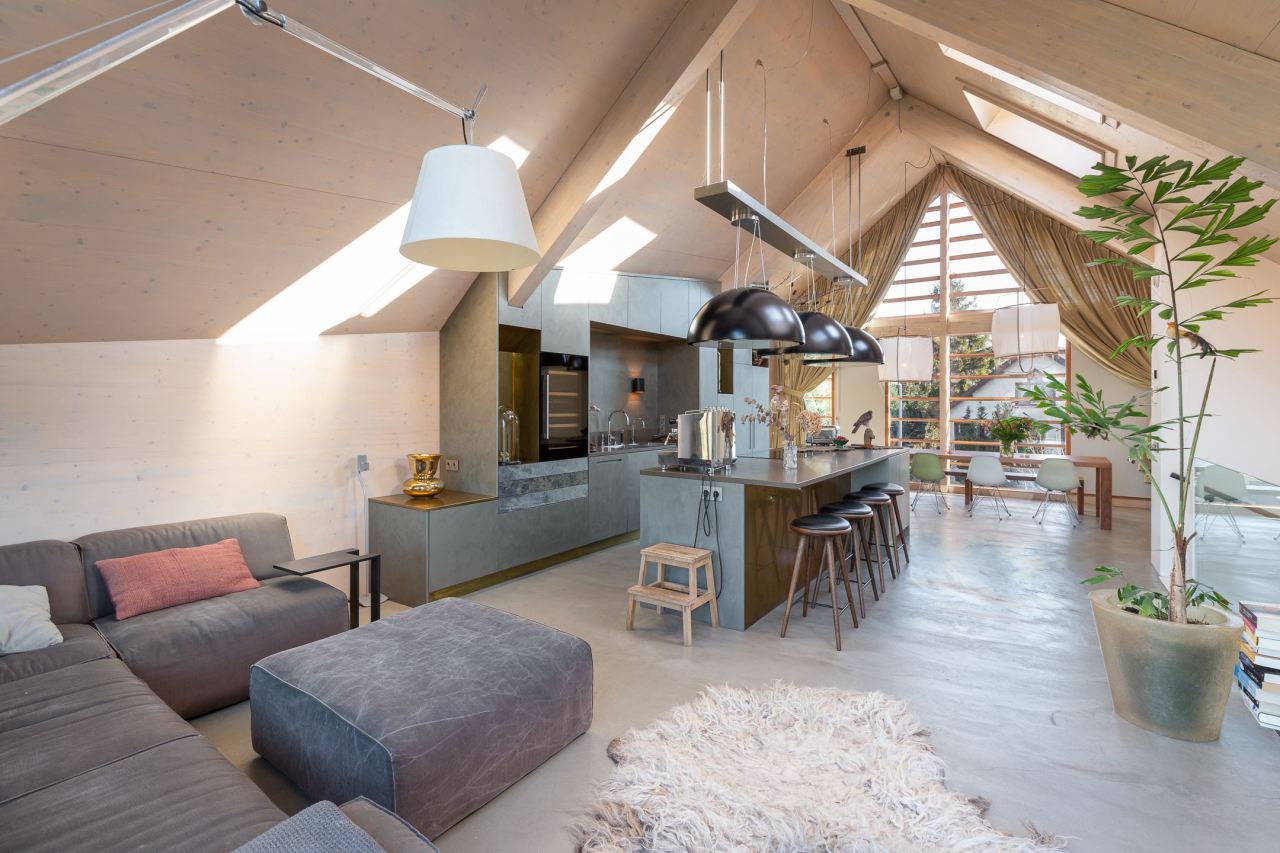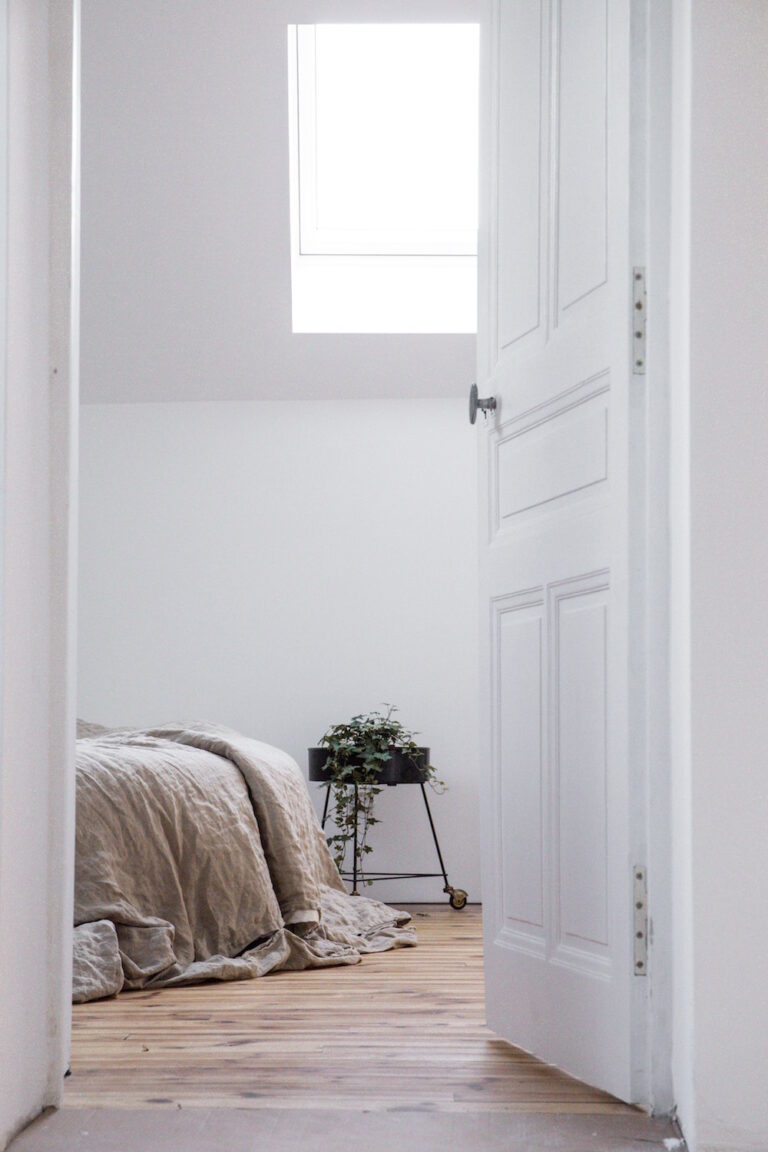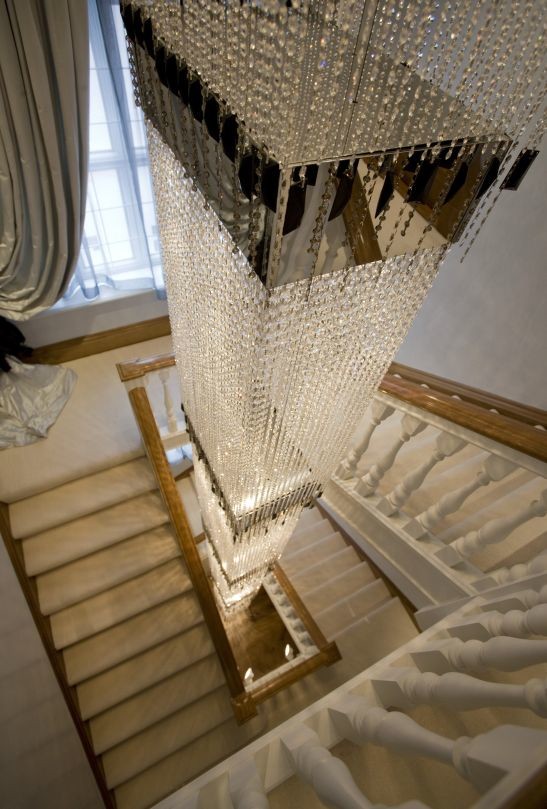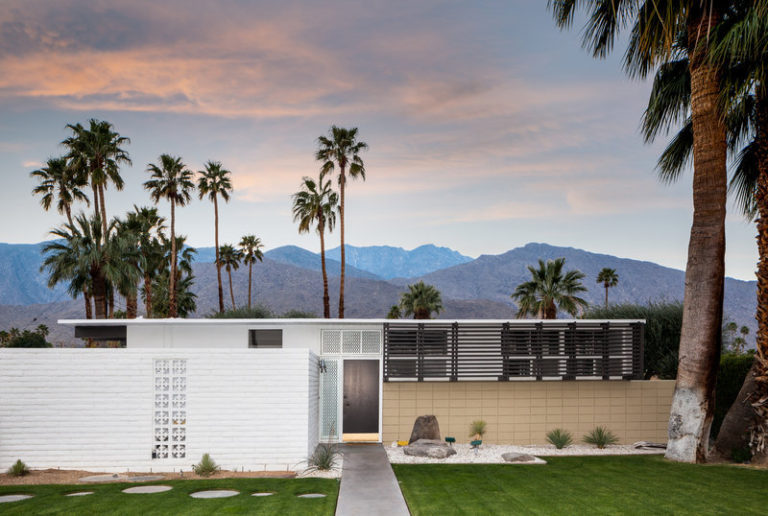How Window Designs Influence the Lighting in Your Home
Aside from the structural integrity and interior design of your home, there are other details that can help make home life more comfortable and reassuring such as the types of windows and the natural and artificial lighting. While these details are often overlooked during the construction process, their importance becomes more apparent as you start to move inside your home. You’ll realize that there is actually a need for good ventilation, a good vantage point and excellent access to natural light – all of which are provided by a great window design. We’ll discuss more on the role window designs play in influencing lighting in your home.
Strategically Placed Windows Can Provide Daylight to Living Spaces
Natural light is important for the health and well-being of the occupants in your home. Daylight is an important natural light that should be allowed into your home. One of the basic architectural considerations is to arrange the windows strategically in order to provide daylight to all occupied rooms. Natural light from the sun constitutes 40 to 50 percent of your home’s daily illumination. Your entire day almost totally depends on natural lighting from the sun, while a part of your evening lightning comes from artificial, electric lighting. Thus, you now begin to see the importance of windows in letting in natural lighting for the most part of your day at home.
Windows Can Provide Balanced Lighting for Visual Comfort
Balanced lighting not only applies to artificial lights but also to natural light as well. A balanced light is essential for visual comfort and for performing visual tasks within your home. There are acceptable levels of contrast for visual comfort, and too much contrast between very bright light and very dark shadows is not healthy for the eyes. Even though the human eye can quickly adjust to changes in light levels and can perceive a wide range of light intensities, the healthy and comfortable ratio that our eyes should have 20:1 brightest to darkest level ratio. In addition, the ideal reading light levels should be within the 100-2000 lux range. An overcast sky can still provide 5000-20,000 lux while bright sunlight can provide up to 100,000 lux on a surface. Thus, it is important to evenly diffuse and reflect sunlight across the room to make it visually useful and comfortable.
Also, keep in mind that different parts of your home interior have different uses and will have varying needs for acceptable lighting levels. Corridors have the least amount of illumination requirements. If your home has a designated location for a computer screen where you regularly work, contrast ratios need to be carefully controlled. Extra care should also be applied when applying natural lighting in the living room where artworks and artifacts are placed. These can have paints, fabrics, dyes or paper, which are sensitive to light and prone to fading. Thus, they should be protected from excessive light exposure.
Window Design and Accessories Can Reduce Glare
There can be times that our need for the most interesting view of the scenery outside our homes cannot be aligned with the ideal illumination levels during some parts of the year. It’s not just windows facing south that can create glare problems during winter, east- and west-facing windows are also year-round sources of glare, especially during times when the sun is at the lower part of the sky and when the area outside the windows have highly reflective surfaces such as water, sand, and snow. Without having to restructure your home or compromise a great outdoor view, there are many ways to reduce glare from sunlight. Hunter Douglas shades, blinds, glass glazing and plastic films are among the most commonly applied glare reduction accessories and modifications. The first two are popular choices because among homeowners they last long and can be actively adjusted to provide just the right levels of sunlight to pass through and reduce glare.
Dual or Multi-Directional Window Placement Diffuses Direct Sunlight
Another common lighting problem aside from glare is direct sunlight exposure. While commonly perceived to be a problem among households with large windows or glass walls, all types of windows, regardless of size can have this problem if they are not properly installed. To have a diffused and balanced natural light entering your home, you can install windows located on different walls. This reduces imbalanced direct sunlight exposure and heavy shadow casting, which improves the overall contrast of your room or interior lighting.
Sometimes, construction and renovation constraints due to the design and structure of the house can prevent you from applying dual or multi-directional window placements. There are still many different architectural modifications and window accessories that can help achieve a diffused direct sunlight exposure. Lattice structures outside your window can diffuse the sunlight before it enters the windows. Overhangs, canopies and other external architectural elements can help block direct sunlight for some periods within the day. Dark-colored perforated metal screens and woven fiberglass are great installations on the exterior of windows that can reduce glare and improve sunlight diffusion.
Window accessories such as blinds, drapes or shades are great internal installations that can also achieve direct sunlight diffusion. Ideally, dark-colored drapes are preferred to evenly distribute light across the entire room. Roll-up shades should be translucent to allow some diffuse light to enter the room. Opaque shades can block out all light, but the preference for translucent and opaque shades can depend on your lighting needs for the rooms in your home. Horizontal Venetian blinds or mini-blinds can block direct sunlight and allow diffuse light to enter at the same time. To achieve this, the correct angle adjustment should be made depending on the location of the sun.
Skylights and Roof Windows Make Great Overhead Lighting
If you want continuous illumination throughout the day, installing roof windows or skylights can help you achieve that. However, overhead sunlight can be intense and glaring, so special adjustments should be applied when installing skylights or roof windows. Using frosted glass or applying frosted glazing on the glass surface of the skylight is one of the most common ways of diffusing direct overhead sunlight. If your budget is not a constraint, using a light well is a good way of diffusing and dispersing natural light across the room. Interior shades or blinds can be affordable installations that can also diffuse light when installed and operated below the skylight.
If the installation of skylights and roof windows can be difficult to incorporate into your home, installing light tubes can be a good alternative. This installation doesn’t use much space as it only needs a small clear plastic dome to be mounted over a hole in the roof, which is then connected to a small light diffuser in the ceiling by a highly reflective tube. Sunlight enters through the domed opening and is reflected numerous times until the light emerges from the ceiling diffuser. This provides less intense light with sufficient illumination to brighten the whole room.
The lighting in your home, particularly natural lighting, not only influences the mood of the room, but affects the health, well-being, and comfort of the occupants, more importantly. Thus, the windows are an important part of the architectural design of the house. As a homeowner, you need to consider the overall number of windows, the window sizes and the location of the windows. There are also internal home design factors to consider, the reflectance of the interior surfaces, paint shades, decorations, and furniture. Thus, windows are not just placed in our homes to view sceneries outside and let the air in, they also play an important role in providing the much-needed lighting we need during the day.
Images source – Funda.nl

